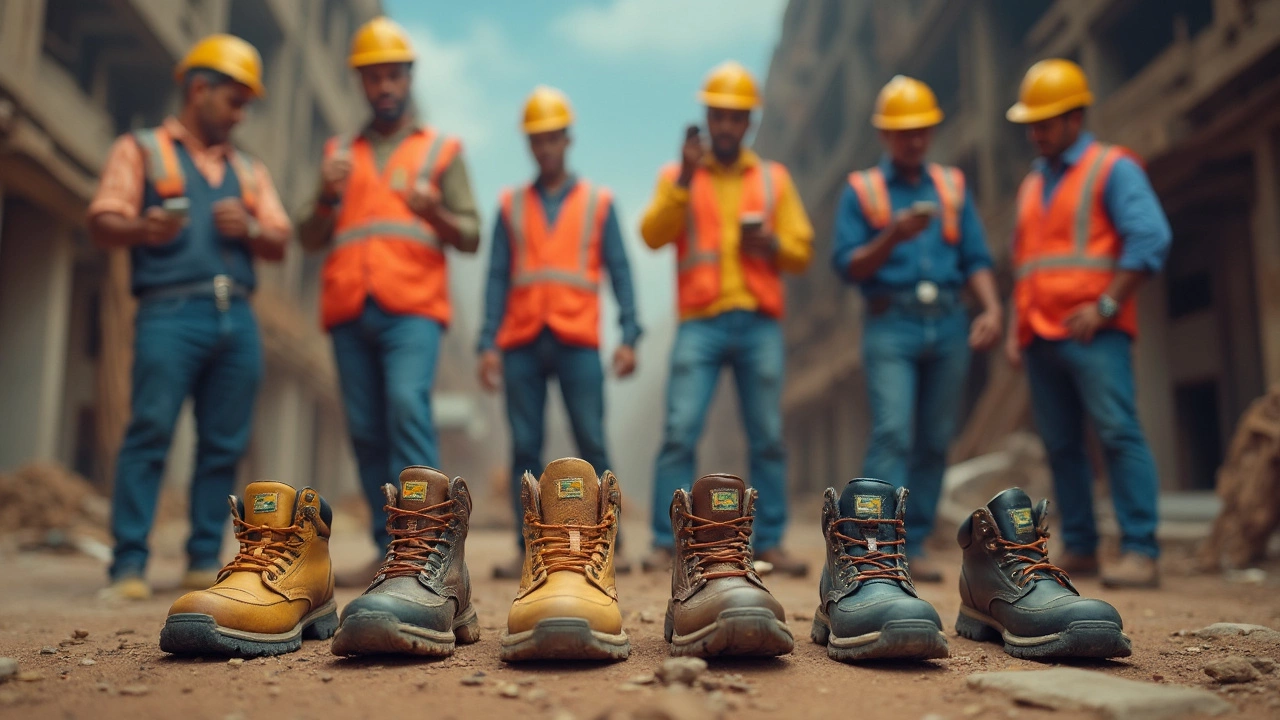Workplace Safety: Easy Steps for a Safer Fashion Manufacturing Floor
Running a clothing or shoe line means juggling fabrics, machines, and a lot of people. If safety slips through the cracks, accidents happen fast and costs pile up. The good news? You don’t need a big budget or a fancy consultant to make big improvements. A few daily habits can turn a risky floor into a place where everyone feels protected.
Key Safety Areas to Watch
First, look at the three spots that cause most injuries in factories: machine guards, floor clutter, and ergonomics. Machines should have functional guards that lock when a tool is in use. If a guard is missing or cracked, stop the line and fix it before the next shift. Next, keep the floor clean. Even a small pile of fabric scraps can become a slipping hazard, especially near wet stations. Finally, check how workers lift heavy rolls of fabric or boxes of shoes. Encourage using bend‑knee lifts instead of straight‑back deadlifts, and provide carts or trolleys for anything over 25 kg.
Simple Steps to Boost Safety
Start each day with a 5‑minute safety huddle. Pick one focus—like “watch the conveyor belt start‑up” or “use hands‑free gloves when handling leather”—and let the team repeat it back. This quick chat reminds everyone what to look out for without taking much time. Next, put up clear, pictogram signs at high‑risk zones. A little visual cue can stop a mistake before it starts, especially for new hires who are still learning the layout.
Another easy win is to create a “near‑miss” log. When someone spots a potential hazard but no one gets hurt, write it down. Review the log weekly and fix the root cause. Over time you’ll see patterns—maybe a particular sewing machine always overheats, or a loading dock door slams too fast—and you can address them before they cause an injury.
Don’t forget personal protective equipment (PPE). Provide the right gear—gloves, safety glasses, earplugs—and train staff on when and how to wear it. It’s tempting to skip PPE on a “quick task,” but those minutes add up. A simple reminder sticker on the tool box can keep PPE top of mind.
Finally, involve the whole crew in safety decisions. Run a short survey every month asking for suggestions on improving the workspace. When employees see their ideas implemented, they feel ownership and are more likely to follow the rules they helped create.
Remember, safety isn’t a one‑off checklist; it’s a habit you build day by day. By focusing on machine guards, tidy floors, proper lifting, quick daily talks, and open communication, you’ll cut accidents, keep production running smoothly, and show your team you value their well‑being.

